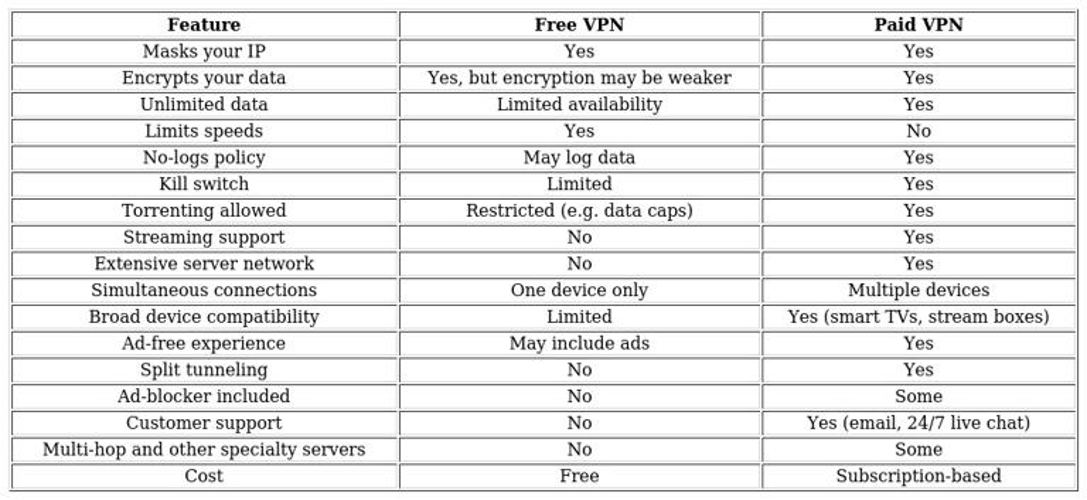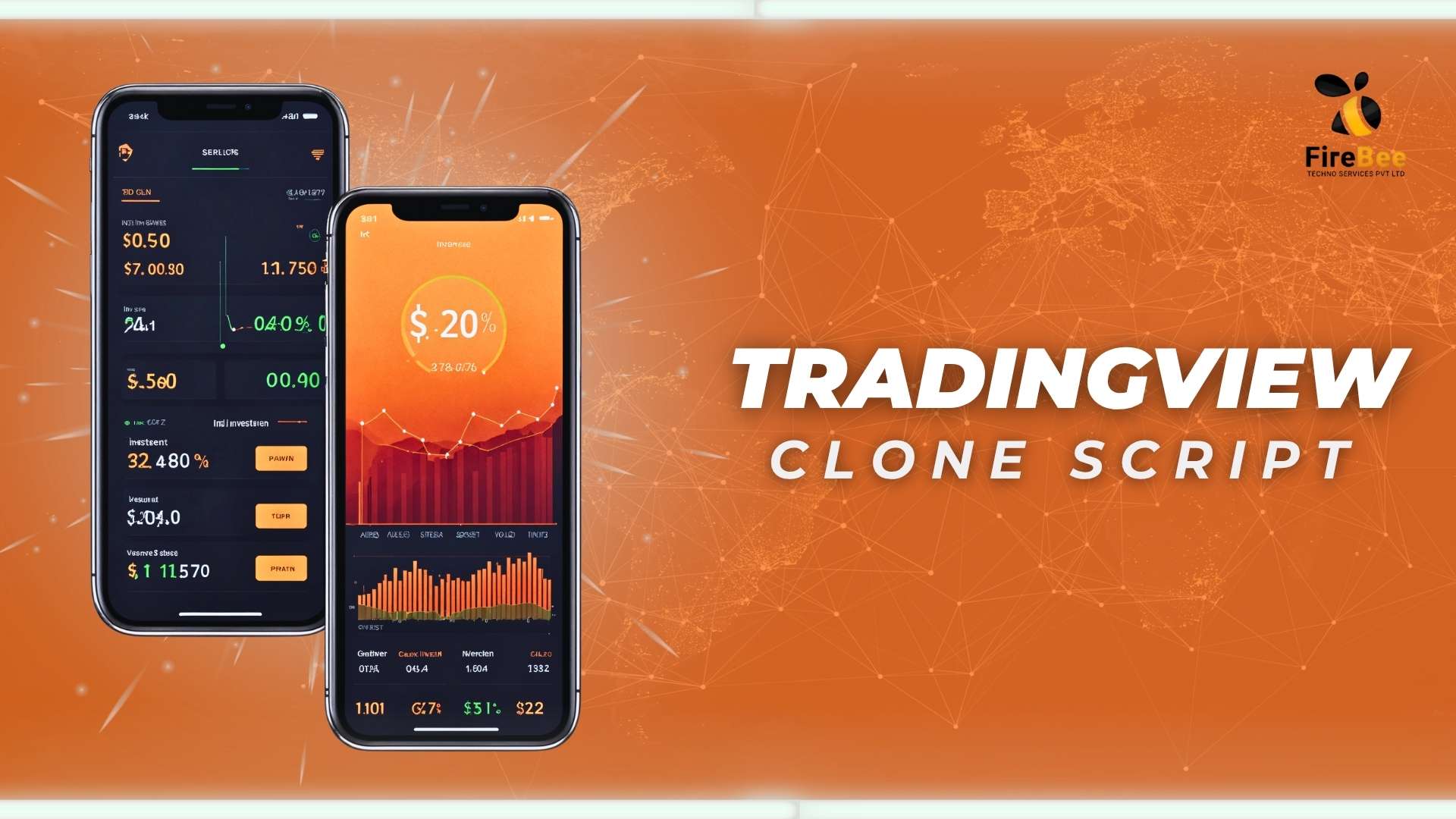What is a Netflix VPN and How to Get One Netflix VPN(
https://www.safeshellvpn.com/apps/netflix-vpn/?utm_source=blog ) is a service that enables users to bypass geographical restrictions, allowing access to a wider library of shows and movies by masking their real location. It is primarily used for streaming content that is not available in a viewer's home country, enhancing the overall entertainment experience. By utilizing such a tool, subscribers can enjoy diverse international programming that would otherwise be inaccessible.
Why Choose SafeShell as Your Netflix VPN?
If people want to access region-restricted content by Netflix VPN, they may want to consider the SafeShell VPN(
https://www.safeshellvpn.com/?utm_source=blog ) . Unlike other VPNs where Netflix vpn not working(
https://www.safeshellvpn.com/blog/netflix-vpn-not-working.html?utm_source=blog ) can be a common issue, SafeShell VPN provides reliable and consistent access to geo-restricted streaming libraries. Its advanced technology ensures that users can bypass Netflix's detection mechanisms effectively, making it a dependable choice for streaming enthusiasts.
SafeShell VPN offers high-speed servers specifically optimized for seamless Netflix streaming, allowing viewers to enjoy buffer-free playback in high definition. Additionally, its support for multiple devices means you can connect up to five gadgets simultaneously, giving you flexibility whether you're on Windows, macOS, iOS, or Android. This multi-device capability ensures you never miss out on your favorite shows, regardless of the device you're using.
Moreover, SafeShell VPN's unique features like the App Mode enable users to unlock content from multiple regions at once, broadening your entertainment options. Its lightning-fast speeds and robust security protocols, including the proprietary ShellGuard technology, guarantee both performance and privacy. With a flexible free trial plan, SafeShell VPN offers a risk-free way to experience these benefits firsthand, making it the ideal solution for overcoming issues like Netflix vpn not working.
A Step-by-Step Guide to Watch Netflix with SafeShell VPN
To use SafeShell Netflix VPN(
https://www.safeshellvpn.com/apps/netflix-vpn/?utm_source=blog ) for accessing global content, follow these streamlined steps:
First, sign up for a suitable subscription on the SafeShell VPN platform, ensuring it supports streaming needs.
Next, download and install the SafeShell VPN application on your preferred device, such as a smartphone or computer.
After launching the app, log in to your account and select the optimal mode designed for streaming services like Netflix.
Then, pick a VPN server from the list that corresponds to the desired Netflix region, such as Japan or Germany, and connect to it.
Finally, open Netflix through your browser or app, log in, and start watching exclusive shows available in that region using SafeShell Netflix VPN.
'
Remember to verify your connection stability for uninterrupted streaming.
What is a Netflix VPN and How to Get One Netflix VPN(https://www.safeshellvpn.com/apps/netflix-vpn/?utm_source=blog ) is a service that enables users to bypass geographical restrictions, allowing access to a wider library of shows and movies by masking their real location. It is primarily used for streaming content that is not available in a viewer's home country, enhancing the overall entertainment experience. By utilizing such a tool, subscribers can enjoy diverse international programming that would otherwise be inaccessible.
Why Choose SafeShell as Your Netflix VPN?
If people want to access region-restricted content by Netflix VPN, they may want to consider the SafeShell VPN(https://www.safeshellvpn.com/?utm_source=blog ) . Unlike other VPNs where Netflix vpn not working(https://www.safeshellvpn.com/blog/netflix-vpn-not-working.html?utm_source=blog ) can be a common issue, SafeShell VPN provides reliable and consistent access to geo-restricted streaming libraries. Its advanced technology ensures that users can bypass Netflix's detection mechanisms effectively, making it a dependable choice for streaming enthusiasts.
SafeShell VPN offers high-speed servers specifically optimized for seamless Netflix streaming, allowing viewers to enjoy buffer-free playback in high definition. Additionally, its support for multiple devices means you can connect up to five gadgets simultaneously, giving you flexibility whether you're on Windows, macOS, iOS, or Android. This multi-device capability ensures you never miss out on your favorite shows, regardless of the device you're using.
Moreover, SafeShell VPN's unique features like the App Mode enable users to unlock content from multiple regions at once, broadening your entertainment options. Its lightning-fast speeds and robust security protocols, including the proprietary ShellGuard technology, guarantee both performance and privacy. With a flexible free trial plan, SafeShell VPN offers a risk-free way to experience these benefits firsthand, making it the ideal solution for overcoming issues like Netflix vpn not working.
A Step-by-Step Guide to Watch Netflix with SafeShell VPN
To use SafeShell Netflix VPN(https://www.safeshellvpn.com/apps/netflix-vpn/?utm_source=blog ) for accessing global content, follow these streamlined steps:
First, sign up for a suitable subscription on the SafeShell VPN platform, ensuring it supports streaming needs.
Next, download and install the SafeShell VPN application on your preferred device, such as a smartphone or computer.
After launching the app, log in to your account and select the optimal mode designed for streaming services like Netflix.
Then, pick a VPN server from the list that corresponds to the desired Netflix region, such as Japan or Germany, and connect to it.
Finally, open Netflix through your browser or app, log in, and start watching exclusive shows available in that region using SafeShell Netflix VPN.
'
Remember to verify your connection stability for uninterrupted streaming.










